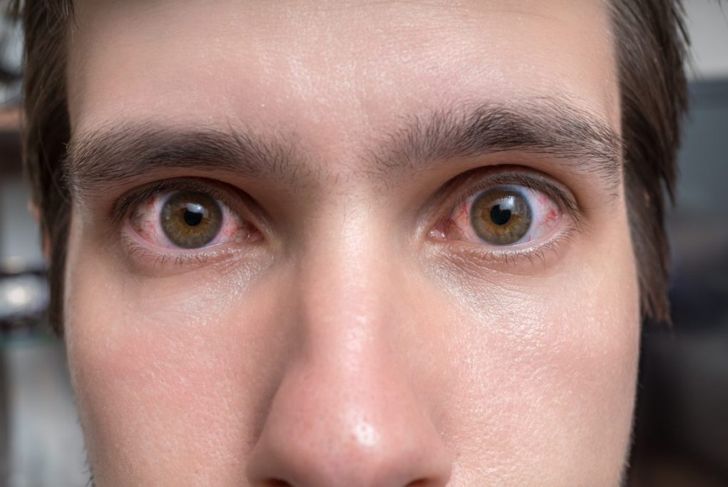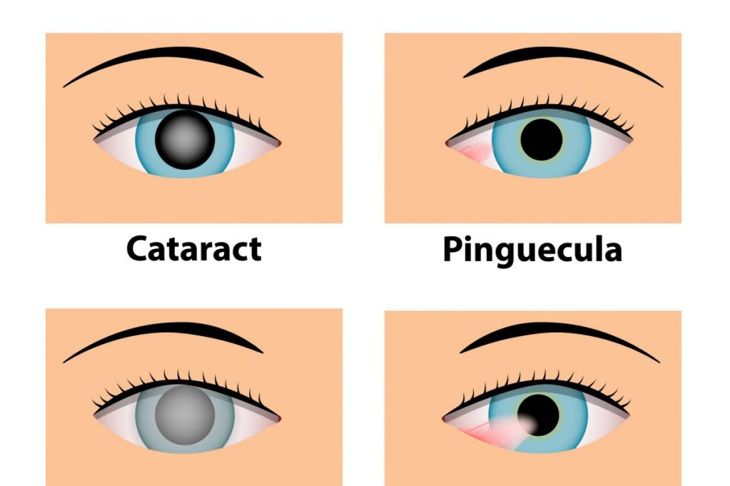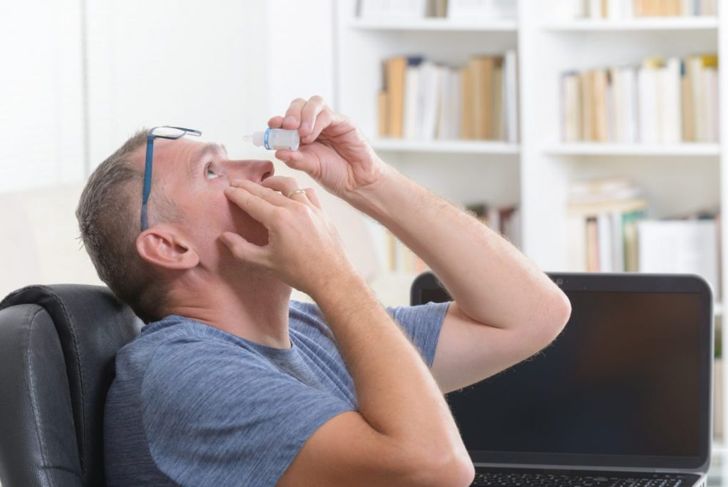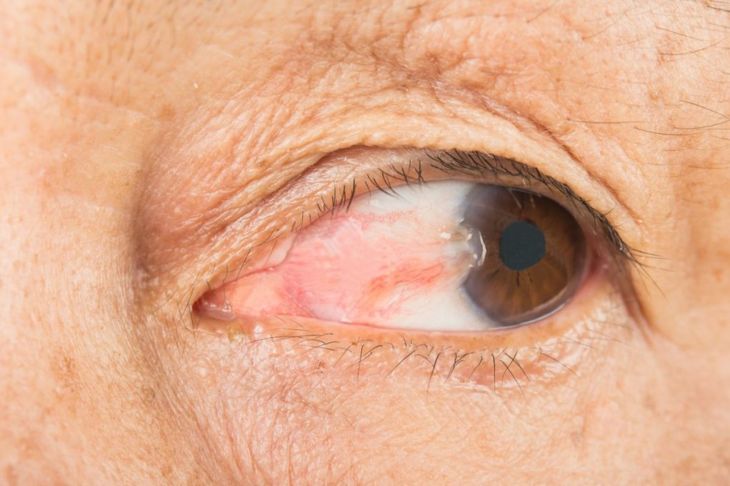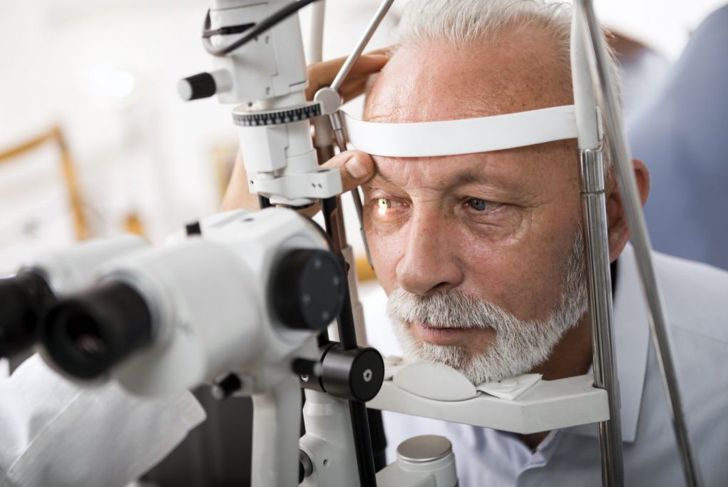Pinguecula is a growth that develops on the eye. The mostly harmless condition may cause the eyes to feel dry and irritate, and can make it uncomfortable to wear contact lenses.
What Causes Pinguecula?
The precise reasons pinguecula develops are unknown, but the cause is believed to be a combination of ultraviolet radiation from the sun, wind, and dust. It is thought the mixture of factors irritates the conjunctiva, the clear lining of the eyeball, and causes the growths.
What is Pinguecula?
Pinguecula growths develop on the conjunctiva of the eyeball. The mostly harmless, noncancerous growth is generally yellowish. It may appear on the inside or outside of the eye but usually grows on the nasal side, at either the 3 o’clock or 9 o’clock position.
Who Are Most Likely to Get Pinguecula?
People between the ages of 20 and 50 are most likely to get pinguecula. Those who live in dusty, dry climates, are outdoors frequently, wear contacts, and do not wear sunglasses are at greater risk. Arc welding is the most common profession leading to pinguecula. It is often seen more in men than women, possibly due to work or lifestyle. Age is another risk factor, and many people over the age of 70 have begun developing the growths.
How Do I Prevent Pinguecula?
Pinguecula is a common condition but may be avoidable with proper eye care, such as using moisturizing eye drops when necessary and wearing sunglasses outside to protect against ultraviolet rays from the sun. If possible, everyone should avoid situations that cause the eyes to become irritated due to dust or ill-fitting contact lenses. People who already have pinguecula can take these preventative measures to keep the growth of getting larger.
Will Pinguecula Cause Blindness?
While the look of pinguecula can understandably raise some concerns, the good news is that pinguecula will not cause blindness. In almost all cases, pinguecula is benign despite its unappealing appearance, and will generally cause few issues beyond interfering with one’s ability to wear contacts and causing mild or moderate irritation.
Is Pterygium Related to Pinguecula?
Pterygium or swimmer’s eye is a condition similar to pinguecula but more serious. The growth forms in the same place in the eye as pinguecula, but is fleshy and pink and can extend over the iris. Unlike pinguecula, a pterygium can cause blindness if left untreated, and can also blur vision by changing the curve of the cornea. Like pinguecula, pterygium is most likely caused by ultraviolet radiation from the sun.
How Can You Tell the Difference Between Pterygium and Pinguecula?
Anyone who suspects they may have pinguecula or pterygium should see an optometrist or ophthalmologist to confirm a diagnosis. Pinguecula is usually white- or cream-colored, and pterygium is usually fleshy and pink. Self-diagnosis is not recommended, however, as the eye doctor may diagnose a different condition that requires immediate treatment.
How is Pinguecula Treated?
Pinguecula is usually benign, and therefore the eye doctor is most likely to recommend eye drops to avoid symptoms such as dry or irritated eyes. If the growth is too irritating or causing problems, the patient can request the optometrist remove it. Otherwise, the most likely course of action is to continue protecting the eyes from light and dust, and watching for changes in the growth’s size or shape. Pinguecula often returns after surgery, so this method is not practical for minor cases.

 Home
Home Health
Health Diet & Nutrition
Diet & Nutrition Living Well
Living Well More
More